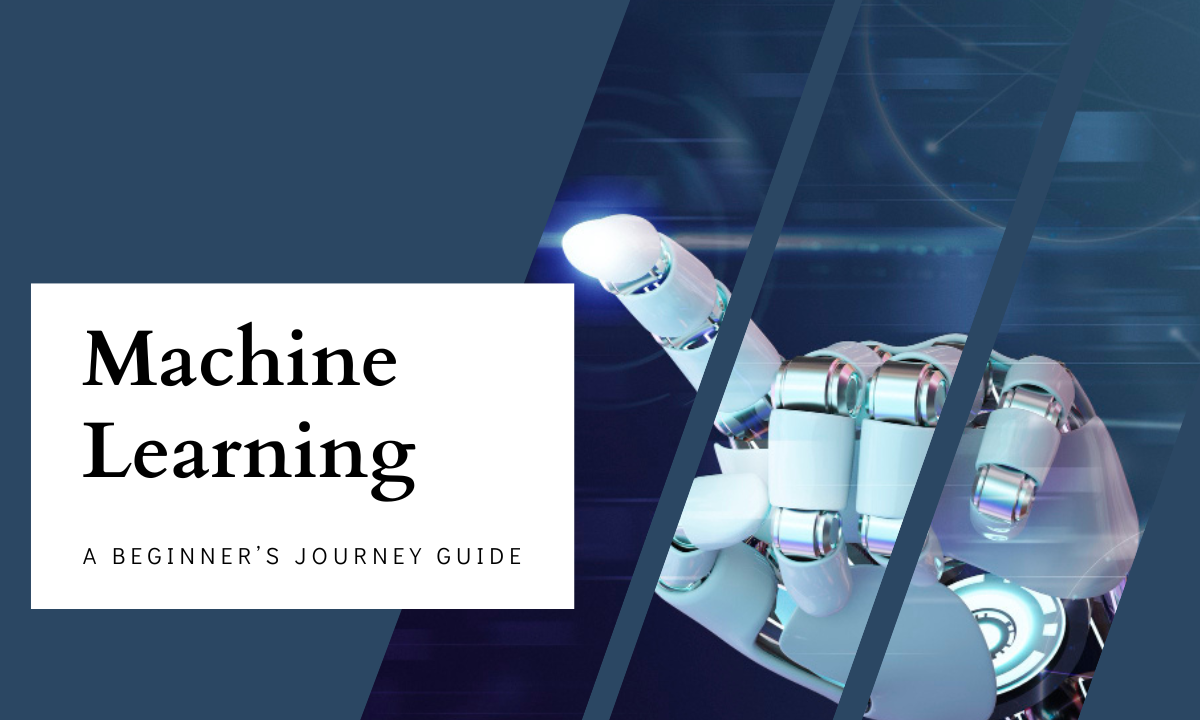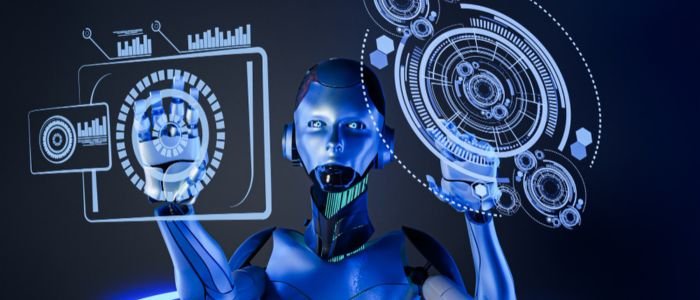- Delhi
- Last Update 08:22: am

From Zero to Machine Learning Hero: A Beginner’s Journey Guide
Machine Learning
Explore the exciting field of machine learning, which gives computers the ability to learn from data and gradually become more efficient. Machine learning applications are ubiquitous in many facets of our life, ranging from recommendation engines to picture identification and natural language processing.
The utilization of Machine Learning in various contexts.
Machine Learning finds applications across numerous industries and domains, revolutionizing processes and driving innovation. Some key applications include:
Healthcare: In order to help with disease diagnosis, therapy optimization, and medication discovery, machine learning algorithms examine patient data.
Finance: Machine learning is used by financial institutions for algorithmic trading, risk assessment, fraud detection, and tailored financial services.
Retail: Recommendation systems, demand forecasting, inventory control, and consumer segmentation for focused marketing are all powered by machine learning.
Manufacturing: Machine Learning enhances predictive maintenance, quality control, supply chain optimization, and process automation in manufacturing plants.
Transportation: Machine Learning enables route optimization, predictive maintenance for vehicles, autonomous driving, and smart traffic management systems.
These are just a few examples of how Machine Learning is transforming industries, driving efficiency, and unlocking new possibilities for businesses worldwide.
How do machines acquire knowledge?
Deep learning algorithms, reinforcement learning, unsupervised learning, and supervised learning are some of the ways that machines learn. Large volumes of data are analyzed, trends are found, and internal parameters are modified to enhance performance and produce precise forecasts or judgments. Furthermore, machines pick up knowledge through feedback loops, wherein they get information about the results of their actions and modify their behavior to get the intended results.
Different Categories of Machine Learning
Certainly, here are different categories of Machine Learning:
Supervised Learning
In supervised learning, a model is trained using a labeled dataset in which every input has a matching output. Based on historical data, the model learns to predict or categorize fresh data.

Unsupervised Learning
When a model is trained on an unlabeled dataset, it can discover patterns and structures in the data without the need for human intervention. This process is known as unsupervised learning. It is applied to anomaly detection, dimensionality reduction, and clustering.
Semi-supervised Learning
Semi-supervised learning combines elements of both supervised and unsupervised learning. It leverages a small amount of labeled data along with a large amount of unlabeled data to improve model performance.
Reinforcement Learning
Through reinforcement learning, an agent is trained to interact with its surroundings in order to accomplish a goal. Through feedback in the form of rewards or penalties for its acts, the agent learns from its behaviors and gradually modifies its approach to maximize cumulative rewards.

These categories represent different approaches to machine learning, each suited to different types of problems and datasets.
Applied Machine Learning: System Design
Problem Definition: Clearly define the problem you want to solve using machine learning, whether it's classification, regression, clustering, or another task.
Data Collection: Gather relevant data from various sources, ensuring it's clean, well-labeled, and representative of the problem domain.
Data Preprocessing: Clean and preprocess the data by handling missing values, scaling features, and encoding categorical variables to make it suitable for machine learning algorithms.
Feature Engineering: Extract meaningful features from the raw data or create new features that capture important patterns and relationships in the data.
Model Selection: Choose appropriate machine learning algorithms based on the problem requirements, data characteristics, and desired performance metrics.
Model Training: Train the selected models on the training data using suitable optimization algorithms and hyperparameter tuning techniques to optimize performance.
Model Evaluation: Evaluate the trained models using appropriate evaluation metrics and validation techniques to assess their performance and generalization ability.
These points are crucial for designing and implementing effective machine learning systems that deliver meaningful insights and value to users and stakeholders.
Conclusion
Machine Learning is a shining example of innovation and advancement in the quickly changing field of technology. Its uses are changing businesses and transforming procedures in a variety of sectors, including manufacturing, healthcare, banking, and retail. Machines are becoming more intelligent and efficient as a result of their ability to learn through a variety of algorithms and techniques. Machine learning continues to open up new possibilities and propel revolutionary change globally because to its deep comprehension of many categories and methodical methods to system design.









